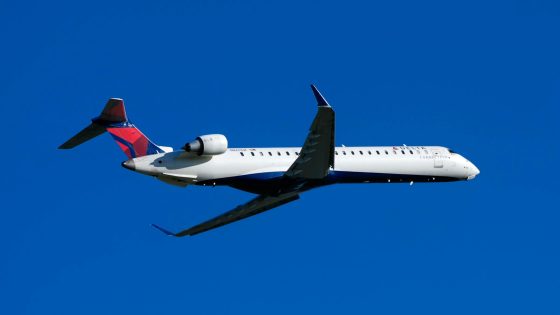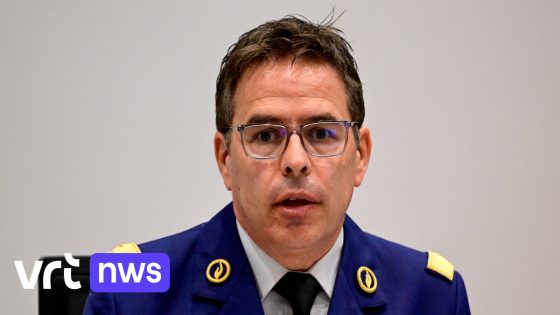A recent incident involving a commercial flight and a military B-52 bomber has raised concerns about air traffic safety. On July 21, 2025, a pilot reported a close encounter with the bomber while navigating near Minot, North Dakota.
- Pilot initially misidentified the B-52 bomber.
- Air traffic control gave conflicting instructions.
- Pilot performed an aggressive maneuver for safety.
- Minot tower lacks radar for aircraft tracking.
- Air Force confirmed B-52 flyover event.
- Passengers responded positively with applause.
The pilot initially mistook the approaching aircraft for a small plane. However, air traffic control directed the pilot to make a series of turns, leading to the realization that they were on a converging course with the B-52. In an effort to ensure safety, the pilot executed an evasive maneuver, later apologizing to passengers for the unexpected turbulence.
This incident prompts a critical question: How can air traffic control improve communication to prevent such close calls? The pilot expressed frustration that the Minot tower, which lacks radar, failed to inform them about the bomber’s presence. Key takeaways include:
- Minot air traffic control relies on visual cues, increasing the risk of miscommunication.
- The nearby Air Force base has radar capabilities that could enhance safety.
- Passengers responded positively despite the scare, highlighting trust in pilot decisions.
As air travel continues to grow, it’s crucial for authorities to address these safety gaps. Will future regulations ensure better communication between civilian and military air traffic?

































